Scattering & Microscopy
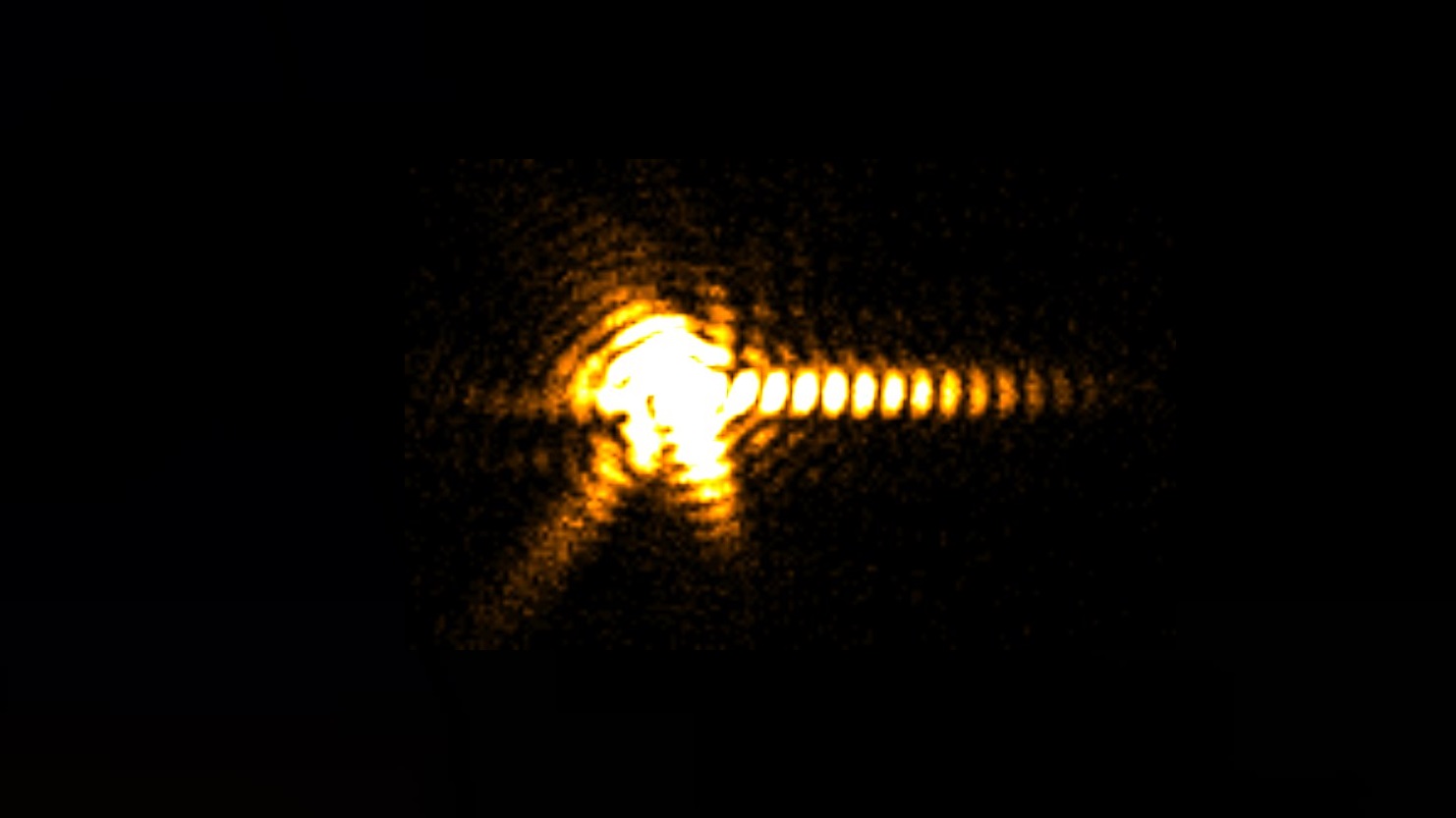
Prof Ian Robinson
Ian Robinson is a professor at the London Centre for Nanotechnology. He uses X-ray diffraction to study the structure of materials. His research is currently focussed on the development of coherent X-ray diffraction methods for imaging the structure of nanoparticles and domain structures in larger crystals. The X-ray coherence leads to interference effects in the diffraction patterns which can be inverted, using phase retrieval methods, to 3D images. His research makes extensive use of synchrotron radiation facilities and Free-Electron Lasers with a big activity at the Diamond Light Source. Historically, the earliest beamlines were used to discover Crystal Truncation Rods, opening the field of surface structure determination, for which Robinson was awarded the Surface Structure Prize in 2011 and the Gregori Aminoff Prize in 2015.
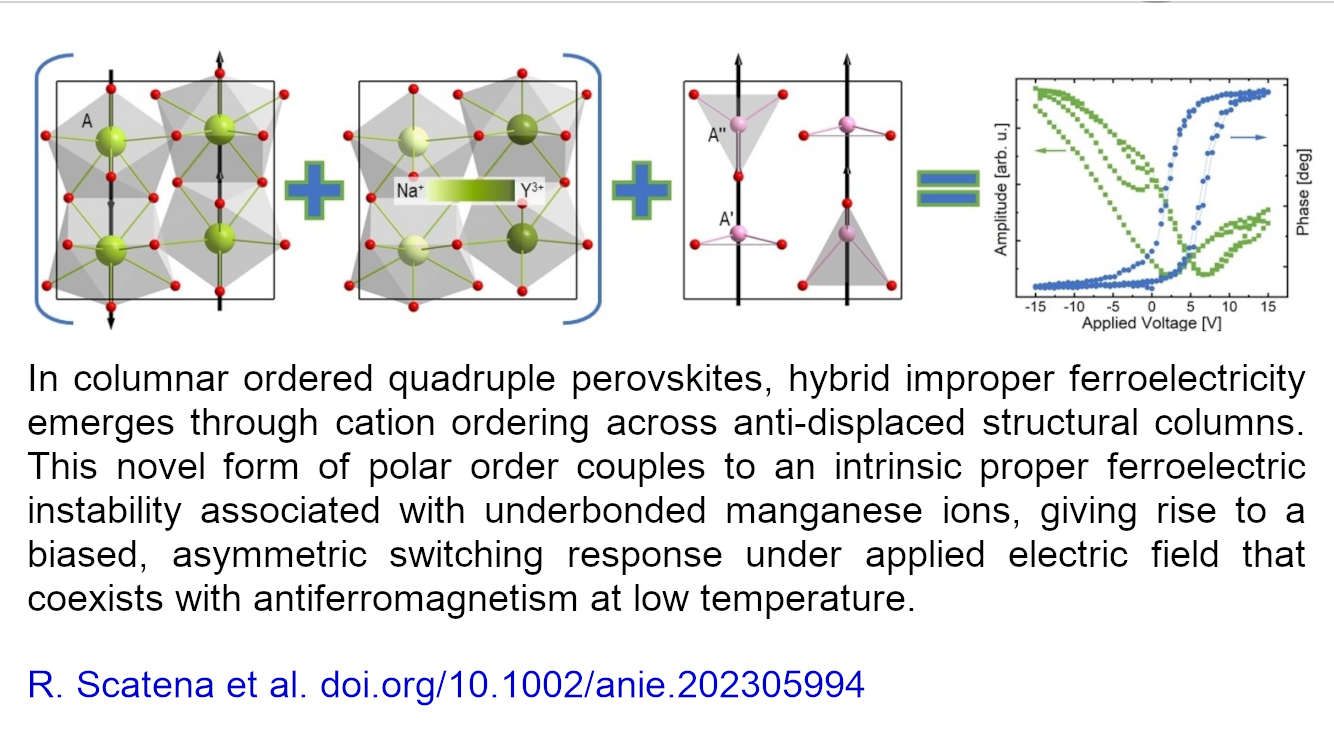
Dr Roger Johnson
We work on the experimental determination of structure-property relationships in quantum materials, and develop phenomenological models of the underlying physical mechanisms via group-theoretical approaches and Landau theory. At present we are focused on magneto-orbital physics of novel quadruple perovskite manganites, and unusual effects of quantum magnetism found in hybrid organic/inorganic compounds and fully inorganic oxides. We perform in-house experiments to characterise the crystal structure and physical properties of new materials using, for example, single crystal and powder x-ray diffractometers, squid magnetometers, and bespoke dielectric and ferroelectric instrumentation. Our core research involves analysis of data collected during experiments at large-scale central facilities, mostly the ISIS Neutron and Muon Source and Diamond Light Source, both based in Oxfordshire, UK.
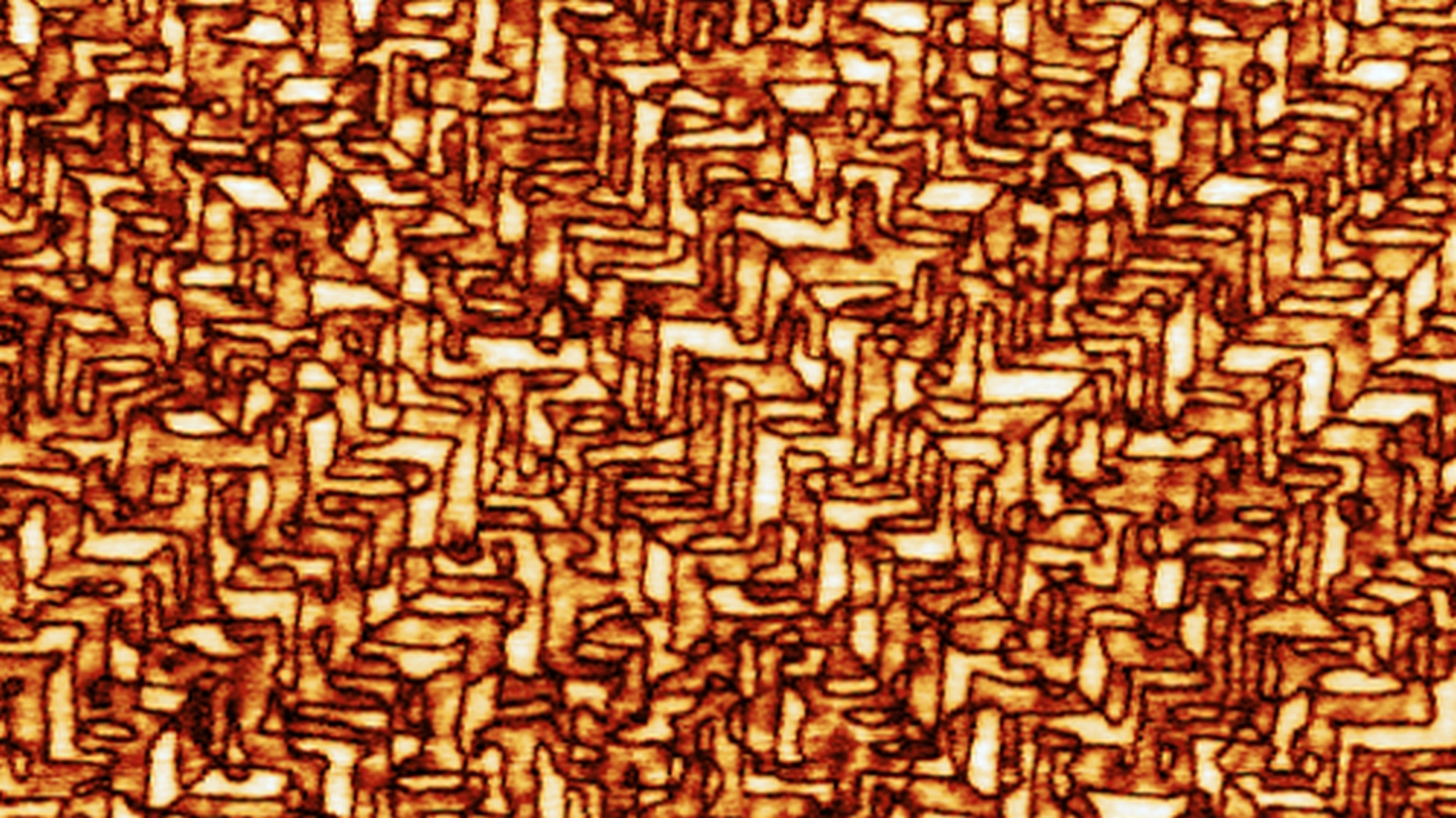
Prof Pavlo Zubko
We investigate the fascinating physical phenomena that emerge in nanoscale complex oxides. Using physical vapour deposition methods, we create artificially layered materials and study their structure and functional properties using a variety of experimental techniques, including scanning probe microscopy, laboratory and synchrotron x-ray scattering, dielectric impedance spectroscopy and others. For example, by tailoring the electrostatic and mechanical boundary conditions in ferroelectric superlattices that consist of alternating layers of ferroelectric and non-ferroelectric oxides, each just a few atomic monolayers thick, we can engineer complex nanoscale polarisation textures that are not possible in bulk materials. These polar textures can be very responsive to applied electric fields and lead to unusual phenomena, such as negative capacitance, which could pave a way to more power-efficient electronics.
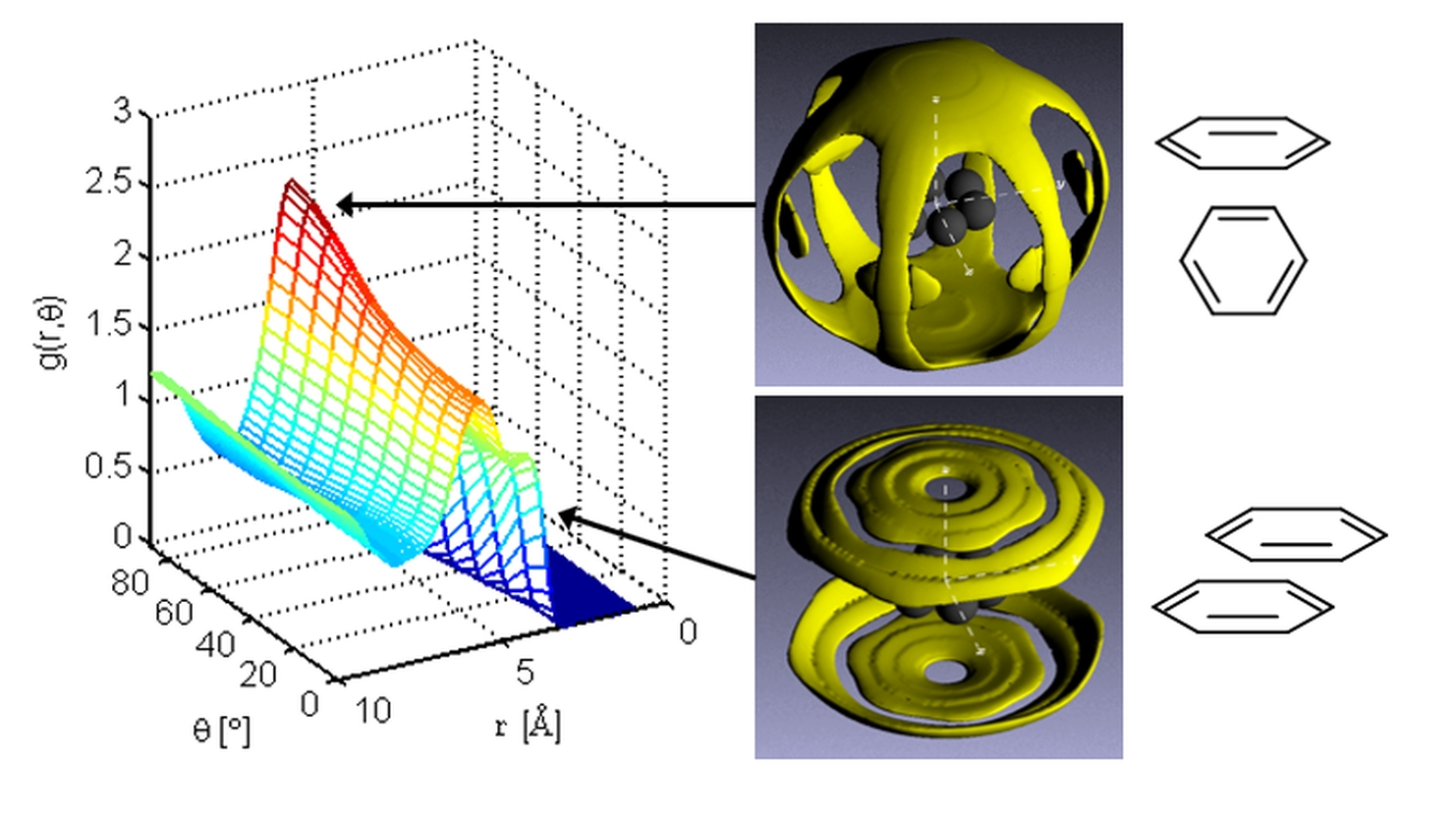
Prof Neal Skipper
Our research aims to understand and control the properties of a wide range of functional materials, by building up a picture of where the atoms are what the atoms do. We are particularly interested in the behaviour of liquids and complex fluids, and are investigating their role as solvents and electrolytes along with the nature of the fundamental interactions that take place at interfaces and in nanoscale confinement. These interactions are a key factor in many important biological and chemical processes. We use a variety of experimental and computational techniques in our research. In addition to our laboratories at UCL, we also make extensive use of international neutron and X-ray scattering facilities. For example the ISIS Neutron Source at the STFC Rutherford Appleton Laboratory, and the Institute Laue-Langevin in Grenoble.
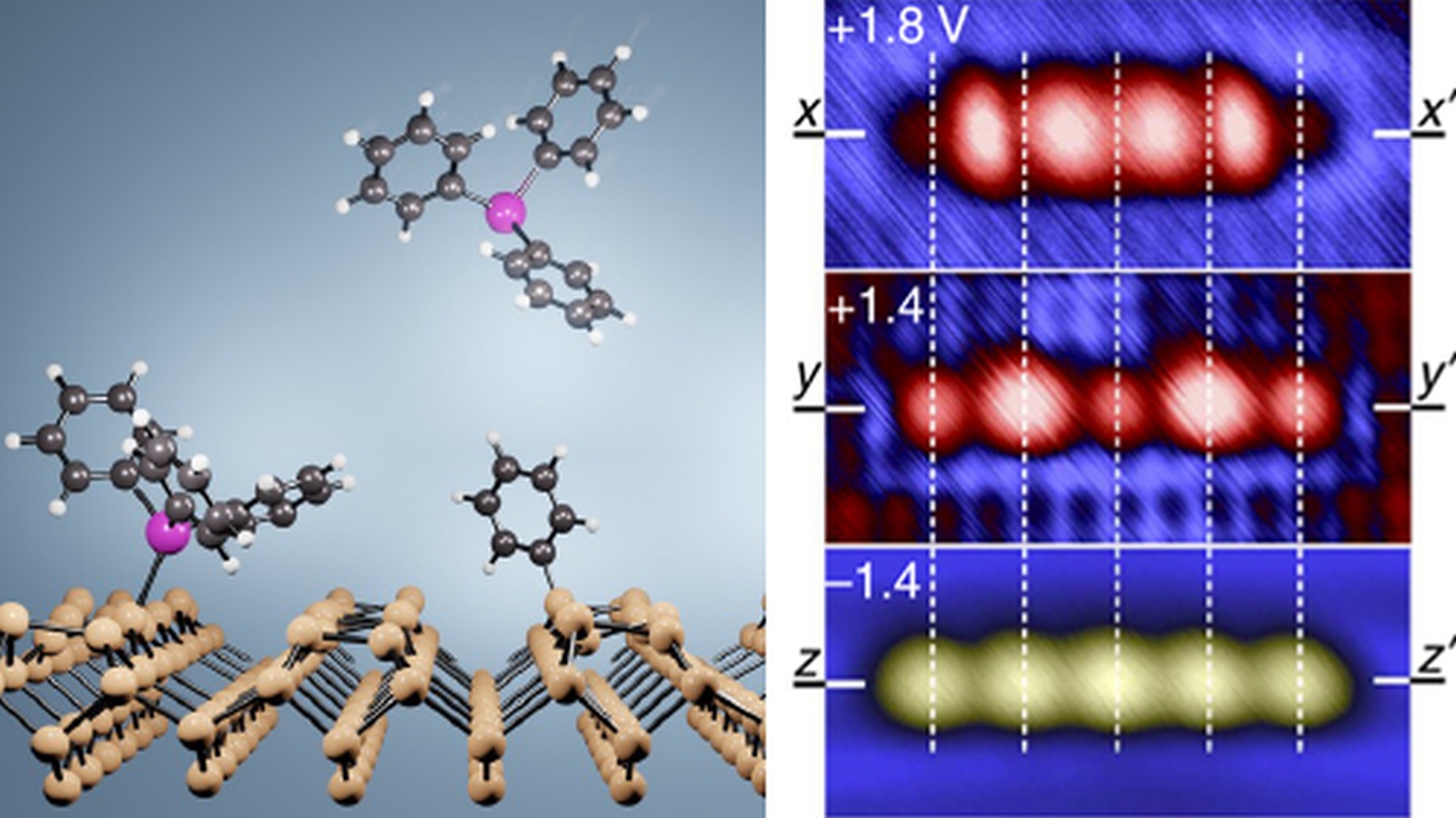
Dr Steven Schofield
Steven Schofield is an Associate Professor in the London Centre for Nanotechnologyand Department of Physics and Astronomy. He aims to understand and control matter at the atomic scale for fundamental discoveries in condensed matter physics and advancements in (opto)electronic devices and quantum technologies. His group employs atomic-scale fabrication and cryogenic-temperature scanning tunnelling microscopy to create and investigate nanostructures on semiconductor surfaces and two-dimensional materials. His team is developing artificial intelligence tools for efficient data collection and enhanced analysis objectivity. In parallel, a significant portion of their work is conducted through synchrotron-based photoelectron spectroscopy and theoretical approaches, including density functional theory. Students in his group are typically engaged in several, if not all, of these complementary approaches during their PhD project. Through this integrative approach, and with strong collaborations with national and international partners, they aim to develop a deep understanding of the quantum properties of matter at the atomic scale.
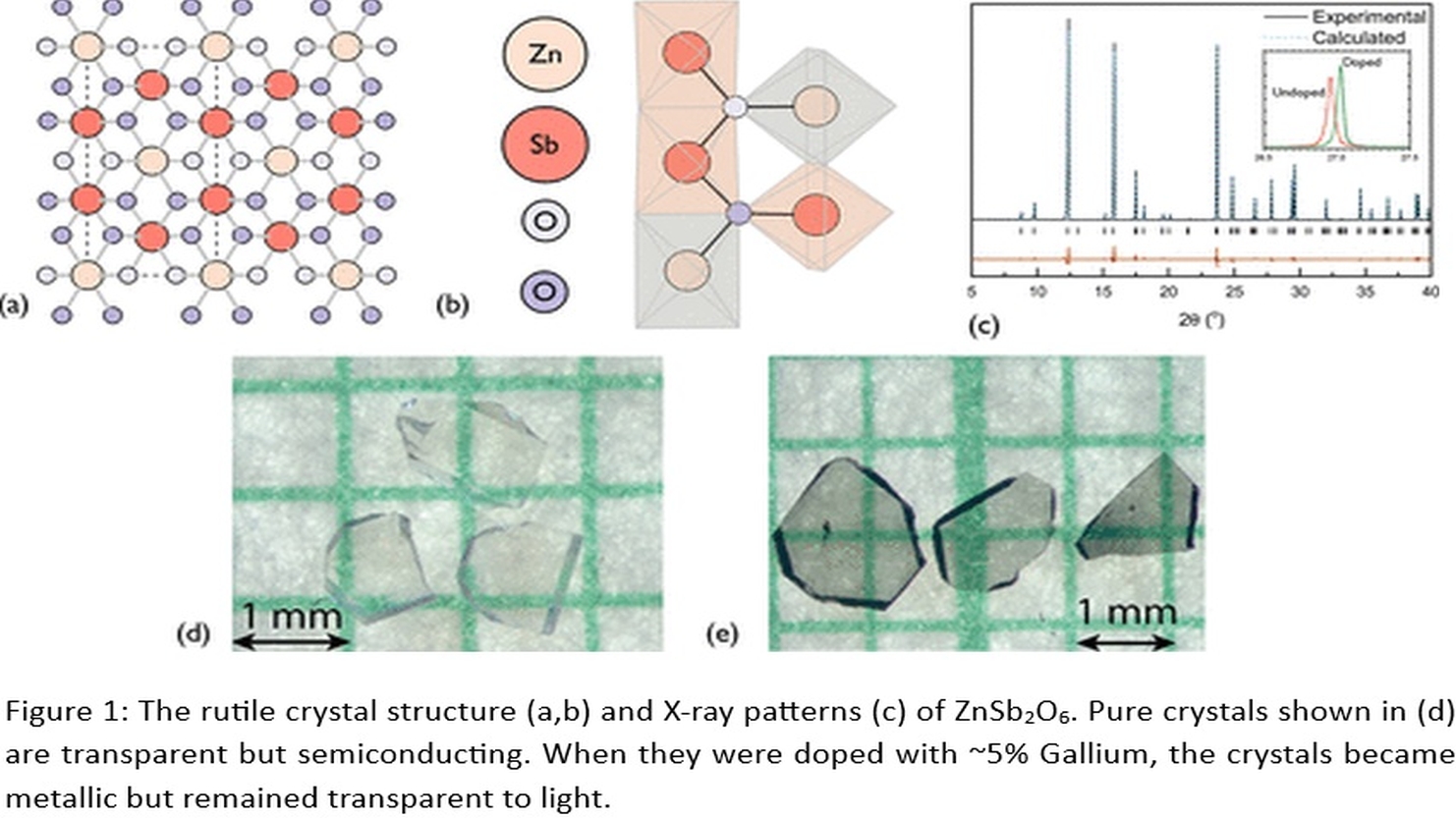
Prof Robin Perry
The Perry group specializes in the measurement of properties in functional materials. Functional materials, broadly defined, encompass solid systems with physical properties that can be engineered to address everyday challenges. Given the diversity of societal needs, our focus is narrowed to two key areas: energy and the digital economy. In the realm of energy research, we delve into photovoltaics, thermoelectrics, and battery materials. For digital economy research, our emphasis is on magnetic and electronic materials that hold the potential to replace conventional materials like silicon and GaAs, leading to faster computers and enhanced memory.
 Close
Close

